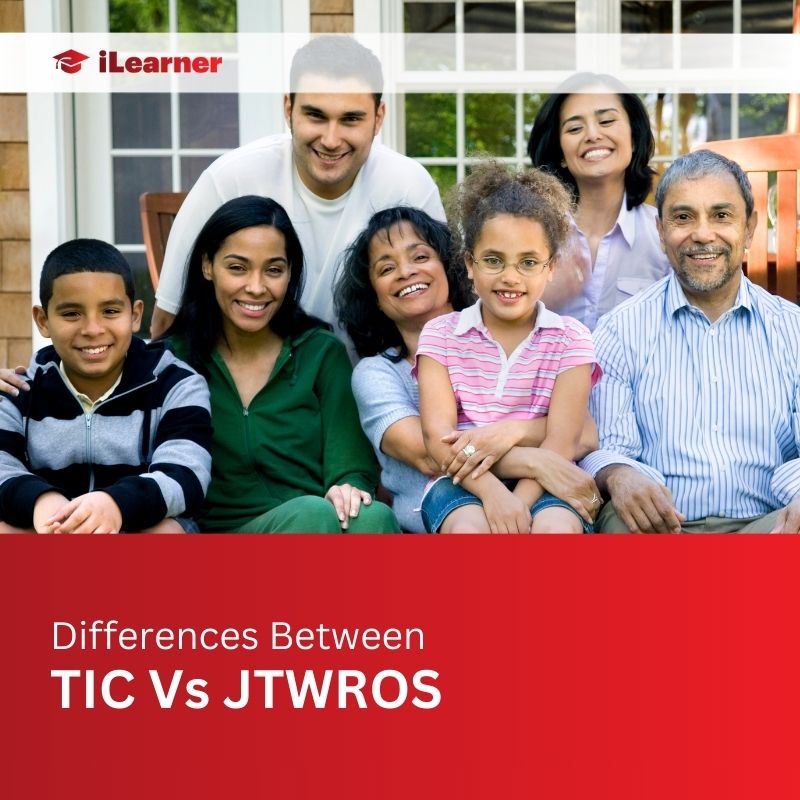Property ownership can take various forms, each with its own implications for co-owners. Two common arrangements are tenants in common (TIC) and joint tenants with the right of survivorship (JTWROS). Understanding the differences between these structures is crucial for anyone involved in real estate transactions or estate planning.
In this blog post, I’ll delve into the intricacies of tenants in common and joint tenants with the right of survivorship, helping you make informed decisions about property ownership.
Joint Tenants with Right of Survivorship (JTWROS)
Joint tenants with the right of survivorship, often abbreviated as JTWROS, is a form of property ownership where two or more individuals hold equal shares in the property. In the event of one owner’s death, their share automatically passes to the surviving owner(s) outside of the deceased’s will.
This arrangement provides a streamlined process for property inheritance and is commonly used among spouses and family members.
Tenants in Common (TIC)
Tenants in common, on the other hand, allow co-owners to hold unequal shares in the property. Unlike joint tenants, tenants in common do not have a right of survivorship. Instead, when one owner passes away, their share of the property is distributed according to their will or state laws of intestacy.
This arrangement offers more flexibility in ownership shares and inheritance arrangements, making it suitable for investment properties or situations where co-owners have different financial stakes.
Pros of Joint Tenants with Right of Survivorship
- Streamlined property inheritance process
- Equal ownership shares simplify decision-making
- Provides certainty and continuity in ownership
Cons of Joint Tenants with Right of Survivorship
- Limited flexibility in ownership shares
- Potential disputes among co-owners
- Property may be subject to creditors’ claims
Pros of Tenants in Common
- Flexibility in ownership shares
- Tailored inheritance arrangements
- Potential tax benefits for co-owners
Cons of Tenants in Common
- Lack of automatic property transfer upon death
- Requires clear communication and agreements among co-owners
- Potential for disputes over property management and decision-making
Practical Applications and Case Studies
To illustrate the practical applications of these ownership structures, let’s consider two scenarios:
- Scenario 1:
- A married couple purchases a vacation home as joint tenants with the right of survivorship. Upon one spouse’s death, the surviving spouse automatically inherits full ownership of the property, simplifying the inheritance process.
- Scenario 2:
- Three siblings inherit a family property as tenants in common. Each sibling holds a distinct share in the property, allowing them to pass on their share to their respective heirs. This arrangement accommodates the siblings’ varying financial situations and inheritance preferences.
Estate Planning Implications
Estate planning considerations differ significantly between joint tenants and tenants in common. Individuals should carefully evaluate their estate planning goals and consult with legal and financial professionals to determine the most suitable ownership structure for their circumstances.
Conclusion
In conclusion, tenants in common and joint tenants with the right of survivorship offer distinct advantages and considerations for property owners.
By understanding the differences between these ownership structures, individuals can make informed decisions that align with their financial goals and estate planning objectives.
Whether you’re purchasing a property with a family member or planning your estate, it’s essential to choose the ownership structure that best suits your needs.
Also Read:
- Tenants’ Rights When Landlord Sells Property: A Comprehensive Guide
- What Is Tenant Estoppel Certificate In A Commercial Lease
- How Much Can a Landlord Raise Rent in Florida?
- Are Evictions Public Record
- Understanding Squatters’ Rights in Colorado: A Comprehensive Guide
- Tenant Rights In Colorado: Rental Laws For Landlords




